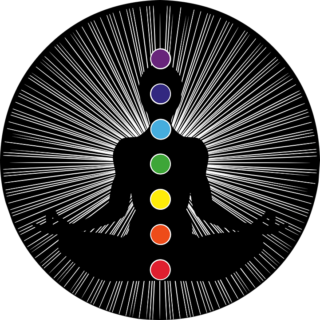Table of Contents

When it comes to ergonomics, it will never be a one size fits all approach. In this blog, we are narrowing our focus to the specific demographic of ergonomics for women workers.
Women aren’t small men, they have a different center of gravity, different sports history, think about cheerleaders or ballerinas. How they sit is different which has to do about muscle memory which comes from early sports activities. Therefore, women can have other causes of discomfort or pain injuries when they are working from home or the office.
What are the ergonomics differences?
Different centre of gravity – The new hype going on on social media, Tiktok, or Instagram where you can see the centre of gravity challenge between men vs women. The challenge isn’t that hard, they sit next to each other on their knees to have their forearms resting on the floor, followed by their elbows with their faces resting in their hands. Then, they quickly move their arms from the ground to behind their back. Most of the time the women can sit up straight where the men will fall forward. Studies show that a man’s centre of gravity is located near the chest while a women’s centre of gravity is around her pelvis. Hence a large ergonomics difference between men and women.
Due to the difference of gravity, the positions of the hips and lower back are different than with men. This means women sit differently which must be taken into account when setting up a chair or workplace.
Different sports history – When most men are going to play soccer or basketball, ladies chose hockey, cheerleading/gymnastics, or ballet. Muscles may develop genetic markers during exercise that help muscle growth in life. Due to this memory, your brain will automatically return to a posture whenever you are thinking about it. Especially in sports where hypermobility is more normal, women are more likely to stand or sit in these positions when working.
Weight up top – Sometimes women carry more weight on top, more breast tissue causes neck or shoulder pain. Breast tissue pulls a women’s upper body forward, which can cause continuous tension on the neck, shoulders, and back muscles.
Most of the time women are the primary caregivers – Which means that they are rounding their shoulders when breastfeeding, or carrying a toddler on the hip. Most women have a dominant hip side to carry their children. Which can cause an asymmetry in the spine, which will carry over how women sit or stand.

“Skinny up” the waistline – Women are often taught to “Skinny up” the waistline. As they suk in the belly and wear a tight dress or something form-fitting. Purchase or rent dress it for occasionally. This is evicting how they stabilize their core and change how they are sitting every day.
Conclusion
All these differences can be causes to experience pain or discomfort for a woman, which not only can come from the (home)office set up. This needs to be taken into account from an ergonomics view.
To learn more about setting up or managing an ergonomics programme that supports women and men working from home or in the office or support with staying legally compliant, you can reach out to Fit for Work at info@fitforworksg.com. For more information on our Ergonomics Self-Assessment and Education Tool, visit www.deskeval.com
This article does not constitute legal advice.
The opinions expressed in the column above represent the author’s own.
Start managing your legal needs with Zegal today
BECOME A ZEGAL REFERRAL PARTNER
READ MORE:5 Tips to stay sane and healthy when working from home
FURTHER READING: Are you sitting at your desk correctly?
Article syndicated with permission from https://www.fitforworksg.com/women-and-men/
Fitforwork is a business in Singapore that focuses on the comfort of its clients. They use two most commonly used phrases; “Prevention is key and ‘” One size DOES NOT fit all. They believe that we are all different shapes and sizes, we have different work roles and demands, no two personal and professional situations are the same, therefore every workstation setup is unique to the individual and we must fit the work to the worker.
Their objective is to understand physical capabilities and work demands to reduce risk within the workplace, increase productivity and overall comfort and worker satisfaction. Their mission is to tell as many people as possible that the commonly felt neck pain, shoulder pain, back pain frequently experienced by office workers is not normal and that very some small changes can have a huge impact in reducing or eliminating these pains entirely.





